Report this entry
More from the same community-collection
Family picture at church - El Paso, Texas - 1940's
Picture taken at Myrtle Avenue Methodist Church. Names are on ...
Hommel Family - 2017 - Pastor Of Chinese Baptist Church
Hommel Family - 2017 - Pastor Of Chinese Baptist Church. Located ...
Barbara Lee With Everett Thomas
Photograph: Congresswoman Barbara Lee posing with Everett Thomas ...
Tom McKay - 1956 - El Paso, Texas
Reflecting back to 1956. After my honorable discharge from the ...
PT & the Cruisers - Musical Inspiration - 2017 - Video
In the 1960’s and 70’s, Rick Kern emerged as a respected El ...
Betty Dodson, Director Project Redirection - 1988
Betty Dodson, Director Project Redirection - 1988 - assisted ...
Yvonne Jimenez, Judge Sue Kurita, Sylvia Gomez - 1994
Yvonne Jimenez, Judge Sue Kurita, Sylvia Gomez - 1994 at UTEP ...
Lupe Casillas - Lowenberg - 1997
Lupe Casillas - Lowenberg, art teacher, by mural old Ysleta ISD ...
Ida Steadman, El Paso Orchestra Teacher - 1995
Ida Steadman, Orchestra Teacher at Coronado High School- 1995 - ...
Ida Steadman- Orchestra Teacher - 1995
Ida Steadman- Orchestra Teacher - 1995 at Ysleta ISD Central ...
Class of 1931 - Cathedral High School - El Paso, Texas
James T. Jennings, Rene R. Mascarenas, Fred L. Huttanus, Francis ...
Rene R. Mascarenas - 1931 - Cathedral High School
Rene R. Mascarenas - 1931 - Cathedral High School became mayor ...
Aoy School Class Picture - 1890 - El Paso, Texas
Photo from the El Paso Independent School District archives ...
Mary Alice Caballero Lyerly & Mayor Ray Caballero - 2001
Post election - Mary Alice Caballero Lyerly, and Mayor Ray ...

















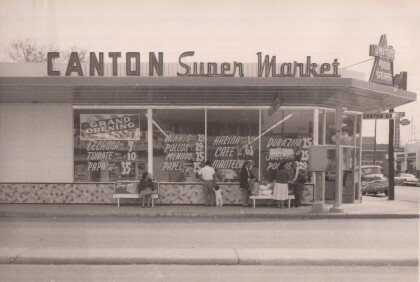
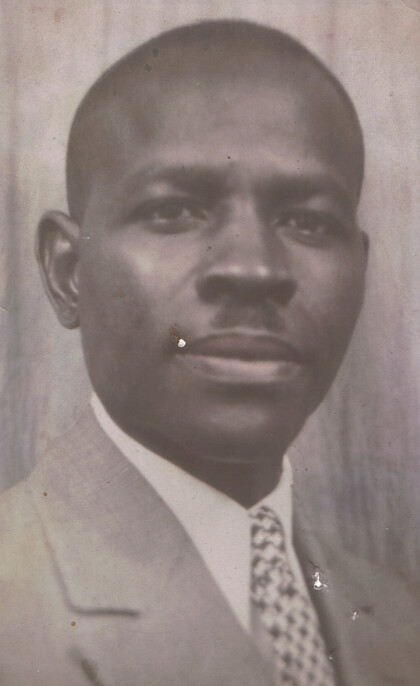
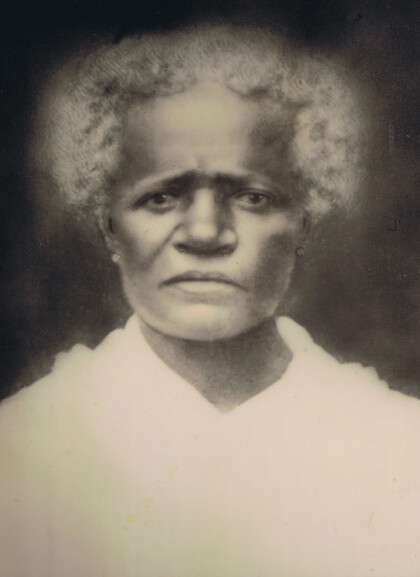

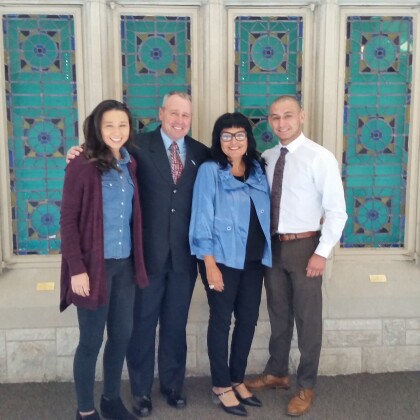
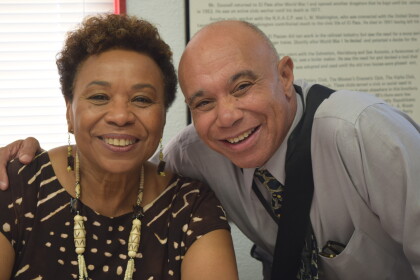
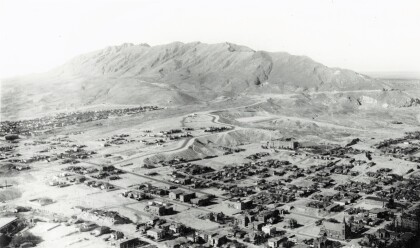
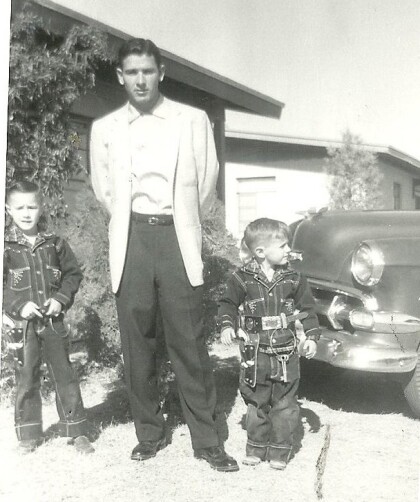
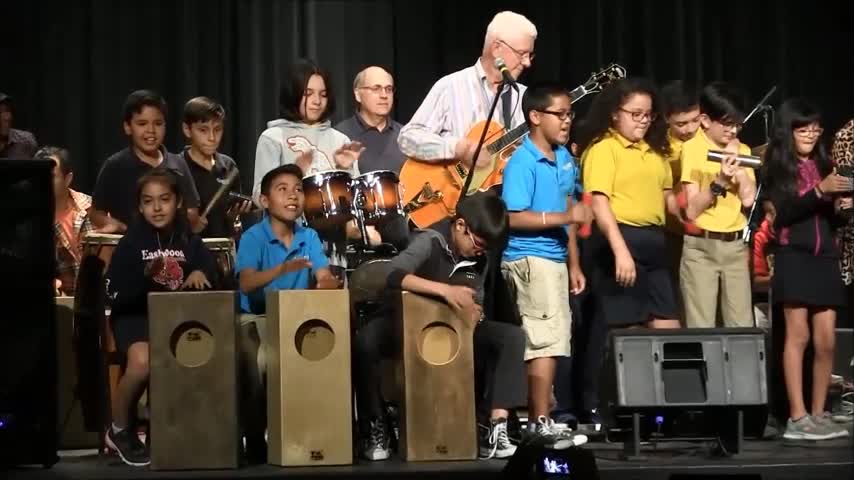
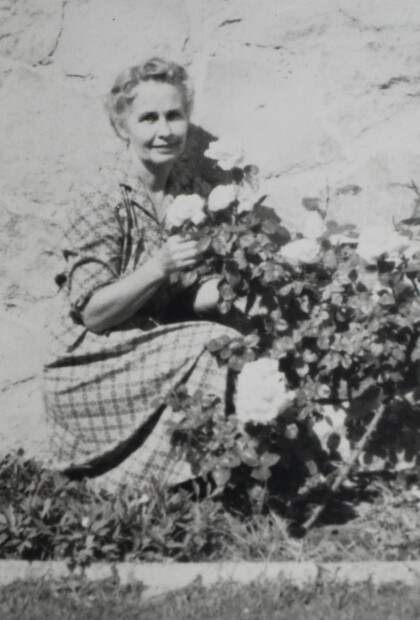

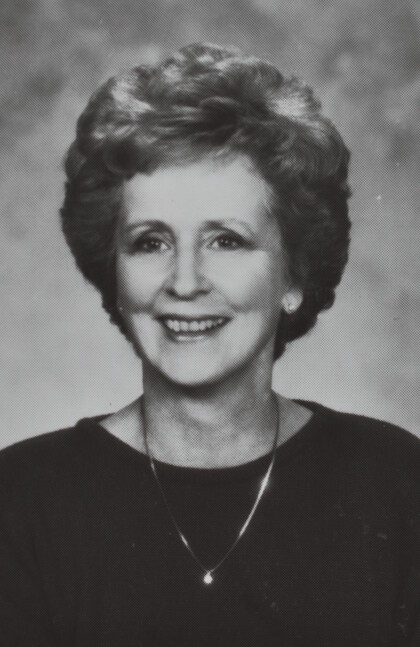
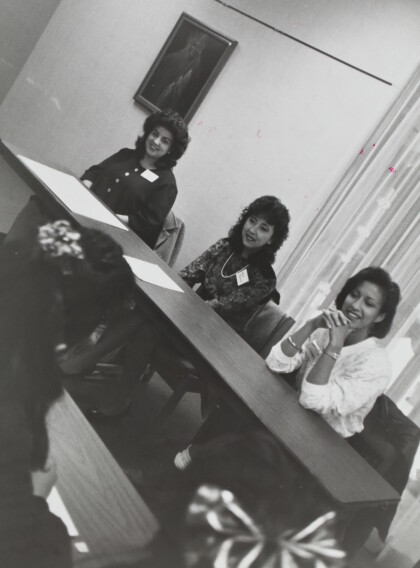
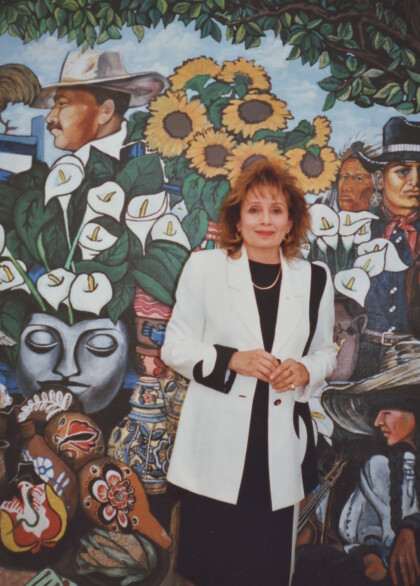
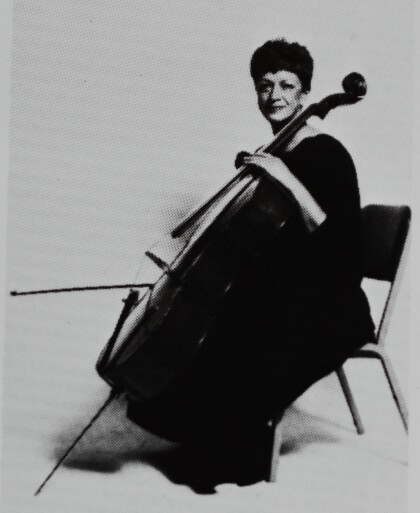
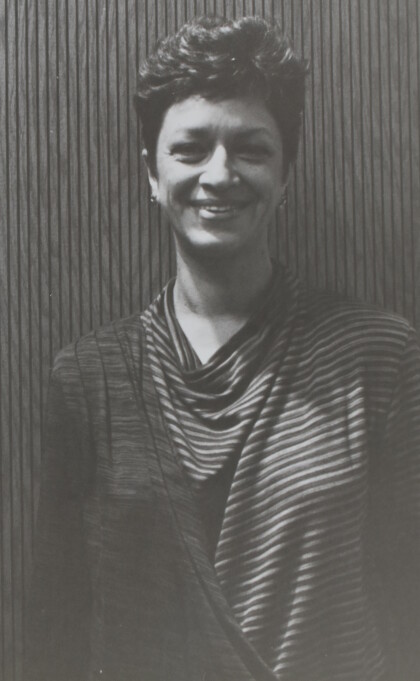
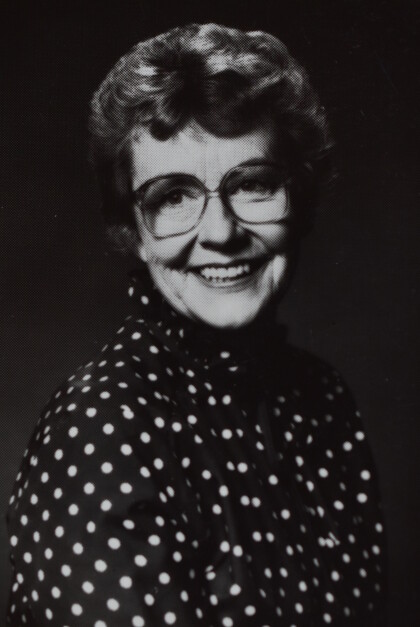
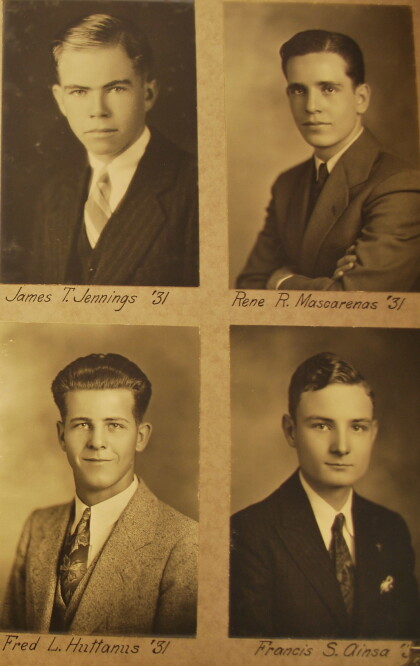
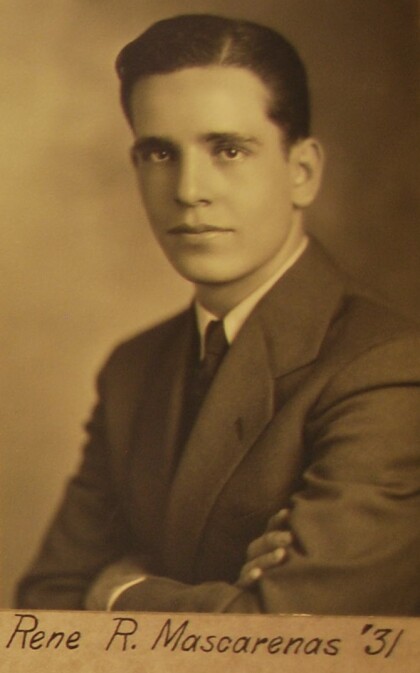
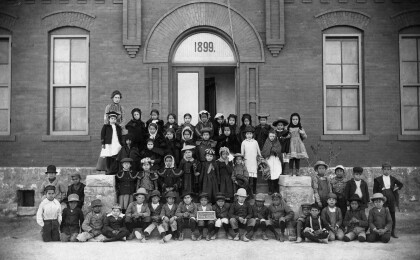
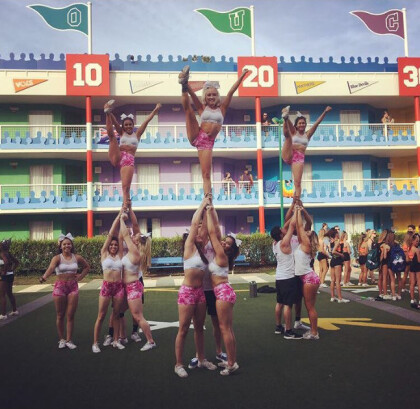
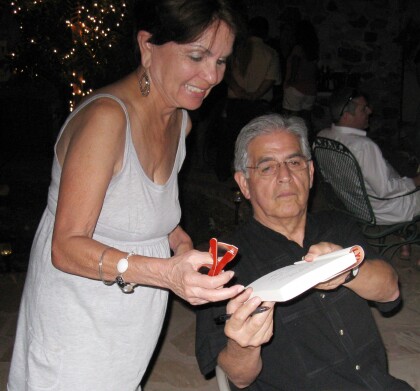
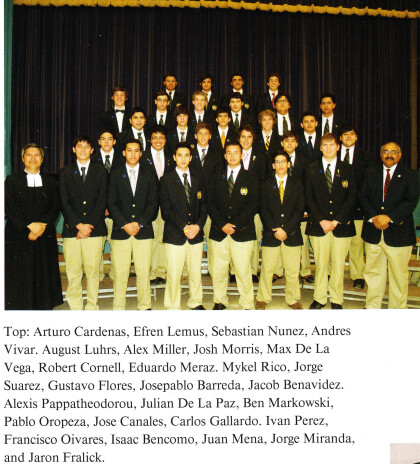
Comments
Add a comment